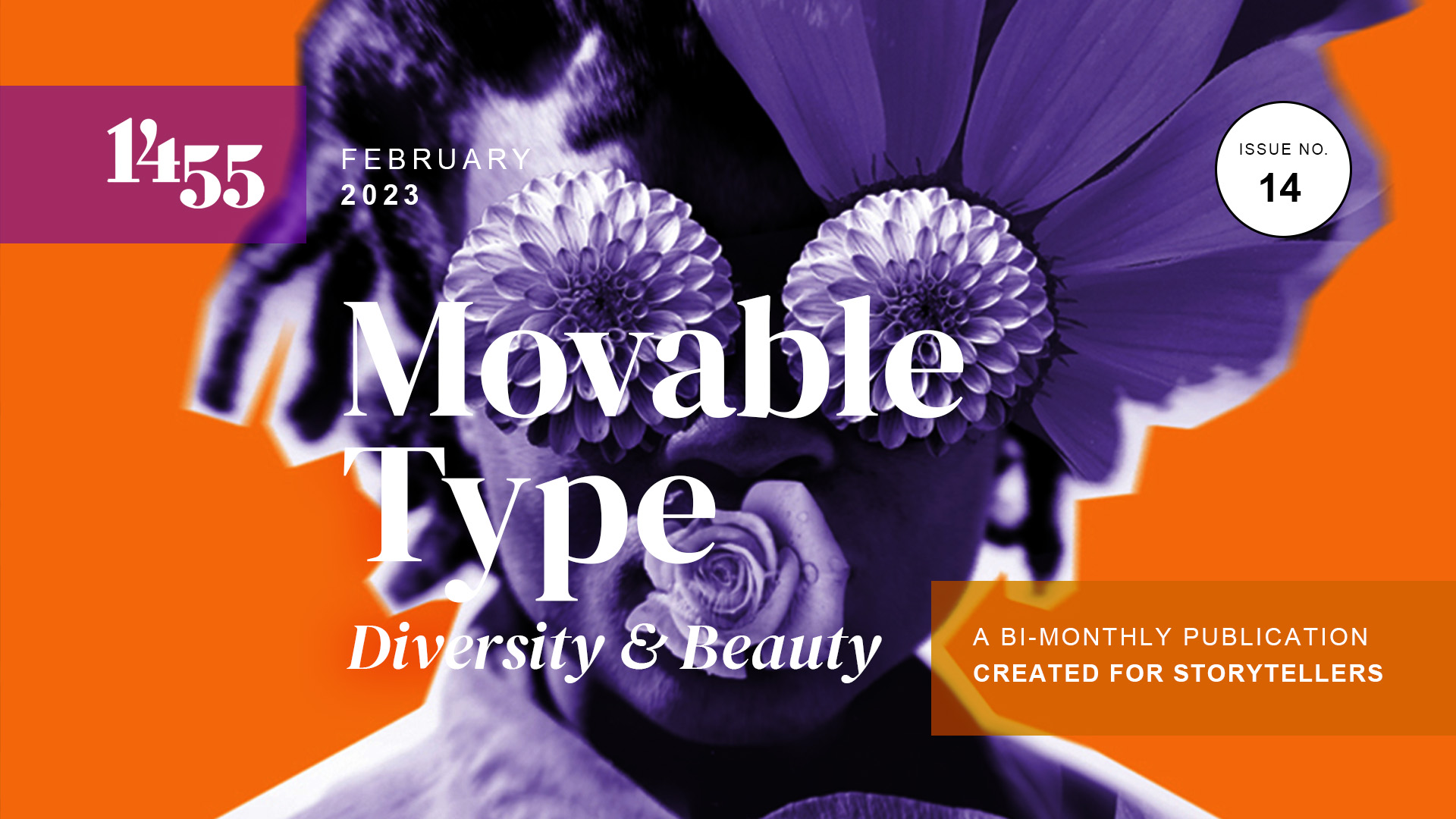Liam Greenwell
Authenticity Does Not Exist
My desire to travel came from my grandfather, Harold, even though he was that breed of person who preferred the backroads of Western Kentucky to anywhere else. He had road maps of Caldwell, Trigg, and Lyon counties with highlighters marking every road he had ever run down, and he had run down so many that it seemed the whole map was neon yellow. When he died, we found a note he must have handwritten when he didn’t have much time left. “I’ve gotten speeding tickets in…” it started, and proceeded to list eighteen counties scattered around the state. “I had so many left,” he wrote at the bottom. His international experience was limited to missionary trips in the 1980s (I know, I know)—souvenirs from which, including a basket from Kenya with “Harlod” mistakenly woven into it instead of his name, decorated his and my grandmother’s living room as long as he was alive. But no matter where he was—in Kenya or Kentucky—he lived his life as if he were traveling, all the time. Every country road was a chance at the sublime.
As for me, I was looking at maps before I knew how to read; I had a world map shower curtain as a kid and memorized capitals as I shampooed (middle school, needless to say, was tough). I started working fairly young, and I used the money I earned to travel on my own as soon as my parents would let me. I was the youngest backpacker in hostels in Kuala Lumpur and Hanoi on my first trip to those cities, whose names I had previously only known as words on the vinyl curtain.
As Mallarmé suggested, I believe that travel—in its broadest form—is the only true way to regain control over one’s senses, including that most elusive sense of beauty. “The flesh is sad, Alas! and I’ve read all the books,” the French poet writes in his “Sea Breeze.” With that brief opening line, he writes off both sex and academic knowledge as routes toward deliverance from what he calls boredom. “Raise anchor for a stranger world!” he implores us instead.
However, it is easy to fall in love with the idea that the goal of all this travel is to seek out “authentic” experiences—to escape from our vain, commercial culture and connect with the capital-R Real. The search for authenticity, indeed, motivates all of us who travel in one way or another. It’s the central myth of the modern travel industry, the bedrock of a ballooning tourist economy (the COVID period only a blip on years of growth). Travel, so the thinking goes, provides the possibility of peeking behind the curtain that divides our world from humanity as it once was or should be.
On a very basic level, it’s clear that the idea of “authenticity”—for an item of food, a piece of clothing—is faulty. The croissant, an “authentic” French pastry, is Viennese with a possible Ottoman influence; Panama hats, despite their name, originate in Ecuador. Investigate the history of nearly any food, ritual, or tradition and you’ll find a similarly-mishmashed history.
Despite that, the word “authentic” is a powerful one, and we can see the proof of that whenever shopping for hotels, restaurants, or tours. A quick search for “authentic travel Mexico,” for example, turns up results as different as an eight-course meal in Cancun and a tour of archeological zones in Mexico City. It is a hypnotizing word, because it promises respite from lives that we feel are increasingly false: that is, far from others, far from ourselves, and far from beauty.
It’s also a way for tourists to separate themselves from what they perceive to be superficial experiences that other tourists engage in—a fact that, not surprisingly, savvy restaurateurs, hoteliers, and tour operators noticed long ago. Authenticity is a lullaby, a coo in our ears, that reassures us that we are not like those others—that we care about local culture, local history, and local people. The word assuages those who may otherwise fear they are being duped: the meal, though expensive, is authentic; the rug, which costs the equivalent of two years’ local salary, was made authentically. Even budget backpackers, who may not have the money for or interest in handmade tapestries, are swept up in different ways. At a hostel I once stayed in in Mumbai, you could request an “authentic slum tour.” There is, it seems, authenticity of all kinds, and all of it’s for sale.
Every experience that bills itself as authentic must strike a balance, however. It must “read” as genuinely authentic to tourists, meaning that it must conform to tourists’ preconceptions about the place they are visiting. Usually this means that, especially for tourists coming from the West, the people they interact with must seem to be guardians of ancient knowledge and traditions; the food must be strange, new, or “fresh”; and the souvenirs must be hand-made and have some connection to the perceived traditions of the place. At the same time, each authentic experience must also be cozy enough so that it can paint a unified image of the culture being presented. For instance, Mercado San Juan, often presented as an “authentic” market in the Historic Center of Mexico City, has several stalls selling insects; though chapulines (grasshoppers) are indeed commonly eaten in the country, others, such as scorpions, are not. The stalls bill themselves as an easy way to engage with the insectivore culinary tradition of the country in one place—but much of what they are selling is manufactured for tourists themselves.
It almost goes without saying that the discourse around authenticity in travel is rooted in Orientalism, exoticism, and a class-based voyeurism. It fetishizes non-white culture, especially in countries of the Global South, and creates environments where local people are no longer the experts on their own lives. Often, it also provides an “acceptable” way for tourists to see poverty, as in the Mumbai slum tour, because it is presented in a way that seems to allow genuine connection and a way to witness people’s real lives.
In the late 1980s, conflict between government and rebel forces in Myanmar forced thousands of Kayan people to leave their homes and flee to Thailand. The Kayan had long been a source of interest for ethnographers because the women used neck rings to push down their shoulders and make their necks seem longer as a sign of beauty. But by the time they arrived in Thailand, the practice was losing popularity.
Despite this, the Thai government saw an opportunity. Without providing legal protections including immigration papers, Thailand moved the Kayan into several manufactured “hill tribe villages” scattered around the country near tourist cities, from Chiang Rai to Pattaya. They encouraged the upkeep of the neck ring tradition and provided small stipends to the Kayan families, but the majority of the lucre ended up in the pockets of the government and local non-Kayan guides. “For us, the older ones, we wear them out of tradition,” an older woman named Mu La told a French photojournalist, “while the younger girls only wore them for tourism.”
The entire project banks on the perceived “authenticity” of the Kayan women and the ability of tourists to connect with some primordial tradition which exists outside of their known world. Of course, we know that this is impossible, and the tension that arises in that negotiation is fraught. As one tourist wrote in an online review to a hill tribe village, as quoted in an article by Pierre Walter, “This place is clearly set up for tourists…it is in no way genuine….We even caught one of Longneck Village ladies on her mobile phone.”
The tourist “catches” a Kayan woman behaving as any twenty-first century person and the spell is broken. As Andrew Alan Johnson writes, “The tourist is aware that authenticity can be faked: the tourist and the industry are locked in an arms race of style, where the tourist reaches for ever more powerful abilities of discernment, and the tourist industry attempts to stage more and more believable displays of authenticity.” It is a constant struggle, then, to convince tourists that claims to authenticity are deserved.
For the tourist industry that profits off their traditions, the Kayan exist only to be seen. At the same time, the tourist only goes to their villages in the first place because they are convinced that the Kayan represent a realer world than the one in which the rest of us live. After such an encounter, there will always be complaints of the sort cited above: they weren’t as real as we thought they’d be. There were cell phones, football jerseys, there were—mixed in with the women with the stretched necks or plates in their lips—women and men who looked like the people in the big city or, worse, in my big city back home. They promised us authenticity; we got something that looked like a human zoo, with people who did not seem “authentic” at all.
What will come of the hill tribe villages when the Kayan women cease to put rings on their neck? In recent years, partially because the Thai government finally granted legal documents to the villagers, many young women have left behind the tradition and moved to the larger cities in Thailand or back to Myanmar. Will the government pay others to take their place?
Authenticity does not exist, and it is no more accessible in the hills of Thailand than the backroads of your hometown. So what does travel give us, if not that? We can look back at Mallarmé’s poem to see. Boredom “still believes in the last goodbye of handkerchiefs,” the moment of departure, because it holds the promise of beauty through movement. The “sailors’ chant” still fills his soul, even when pretty gardens back home leave him dull. It’s a sensation whose purity and beauty comes not from some touch with the authentic but rather from movement itself, from racing not towards the past but the ever-changing novelty of the present, no matter how “authentic” it is.
It’s the same thing that drove my grandfather to run—to know the road through his own feet, to fill his maps of the counties with yellow lines signifying completion. We should travel not in expectation of authenticity, because we will be inevitably disappointed. There is no part of the world “untouched,” “stuck in time,” or which feels like “going back a thousand years.” Throw out any guidebook which suggests otherwise. Instead, we should be motivated by the pleasure of the travel itself, that which leads us down unknown roads and into open seas.

Liam Greenwell
Liam Greenwell is a writer based in Mexico City and originally from Cambridge, Mass. He has written about topics as varied as bone sculptors, CAPTCHAs, and Anthony Bourdain for publications in print and online. You can read more of his work at liamgreenwell.com.
Website: liamgreenwell.com
LinkedIn: linkedin.com/in/lrgreenwell
Twitter: @liam_greenwell


